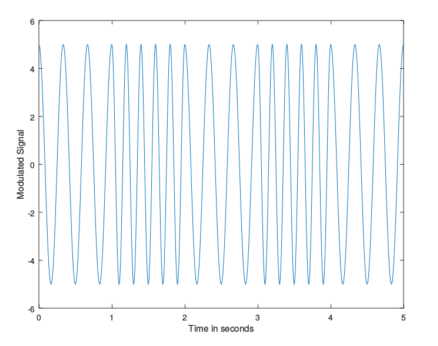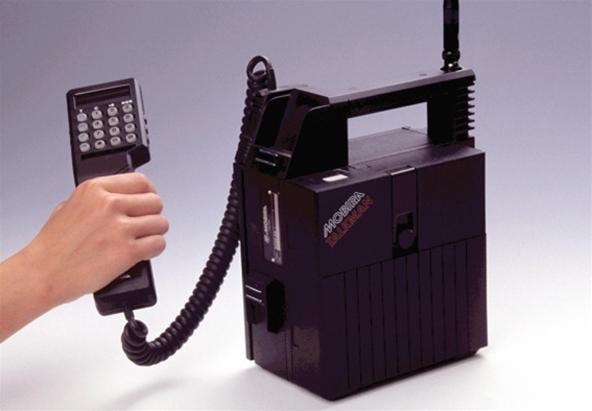-
7. IMS Procedure: VoLTE Call
The initial stages of setting up a VoLTE call are the processes of the initial attach, P-CSCF discovery and creating the default bearer for SIP signaling (by registering with the IMS network and subscribing to a registration eventpackage).The first step in a VoLTE call setup is a SIP INVITE request initiated by the calling UE.…
-
The two types of SMS in 5G
Within 5GC, SMS Function (SMSF) supports SMS over NAS (SMSoNAS) defined in 3GPP TS 23.501. Besides, SMSoIP can also be considered as IMS based SMS solution under 5G network. SMSoIP can be deployed simultaneously with voice service over IMS to provide both voice and short message service. It is recommended to use SMSoNAS solution if…
-
Voice and Video services over IMS in 5G
5G voice/video service will still be provided based on IMS (5G as one of the access modes for IMS voice/video), and the introduction of 5G voice/video will not change the IMS network architecture. Support of IMS based services is based on GSMA NG.114 “IMS Profile for Voice, Video & Messaging over 5GS”. In the early…
-
During the establishment of PDU session which Network Function in 5G assigns IP Address to UE?
It is infact the SMF that assigns the IP address to the UE during PDU session establishment. However, SMF and UE cannot communicate directly. All the UE signalling to the core network is with/or via AMF. So SMF uses 5G Session Management (5GSM) protocol to assign the IP address to UE via AMF.
-
Q: Why in 5G, in addition to IP PDU session type, Ethernet PDU session type was introduced?
Answer: In the IP PDU session type, the IP packets have source and destinations IP addresses in the IP header (e.g., an ipv6 adress is 128bits). As a result, this increases the size of the IP packet header. This is quite inefficient in mMTC and uRLLC use cases of 5G. In the scenario of mMTC,…
-
Binary Frequency Shift Keying (BFSK) Modulation And Demodulation-Matlab Code With Explanation

Binary Frequency Shift Keying (BFSK) is a type of digital modulation technique in which we are sending one bit per symbol i.e., ‘0’ or a ‘1’. Hence, the bit rate and symbol rate are the same. In BFSK, the information is encoded in the variation of the frequency of the carrier. We represent ‘0’ by carrier frequency…
-
Evolution Of Mobile (Cellular) Systems From 1G To 5G Explained (Video)

Recently I have made a youtube video in order to explain the evolution of mobile communication systems from the 1G to the 5G. The key differences between these technologies have been explained in a simple and easy to understand manner. Please leave your comments if you found this video helpful and what improvements can be…
-
Development OF First Generation Mobile Communication Systems

The first operational 1G Cellular System was introduced and implemented by Nippon Telephone and Telegraph Company (NTT) in Tokyo, Japan in 1979. After two years 1G Mobile Systems reached Europe and two most famous 1G systems were introduced and implemented in Europe that are Nordic Mobile Telephones (NMT) and Total Access Communication Systems (TACS). The…


